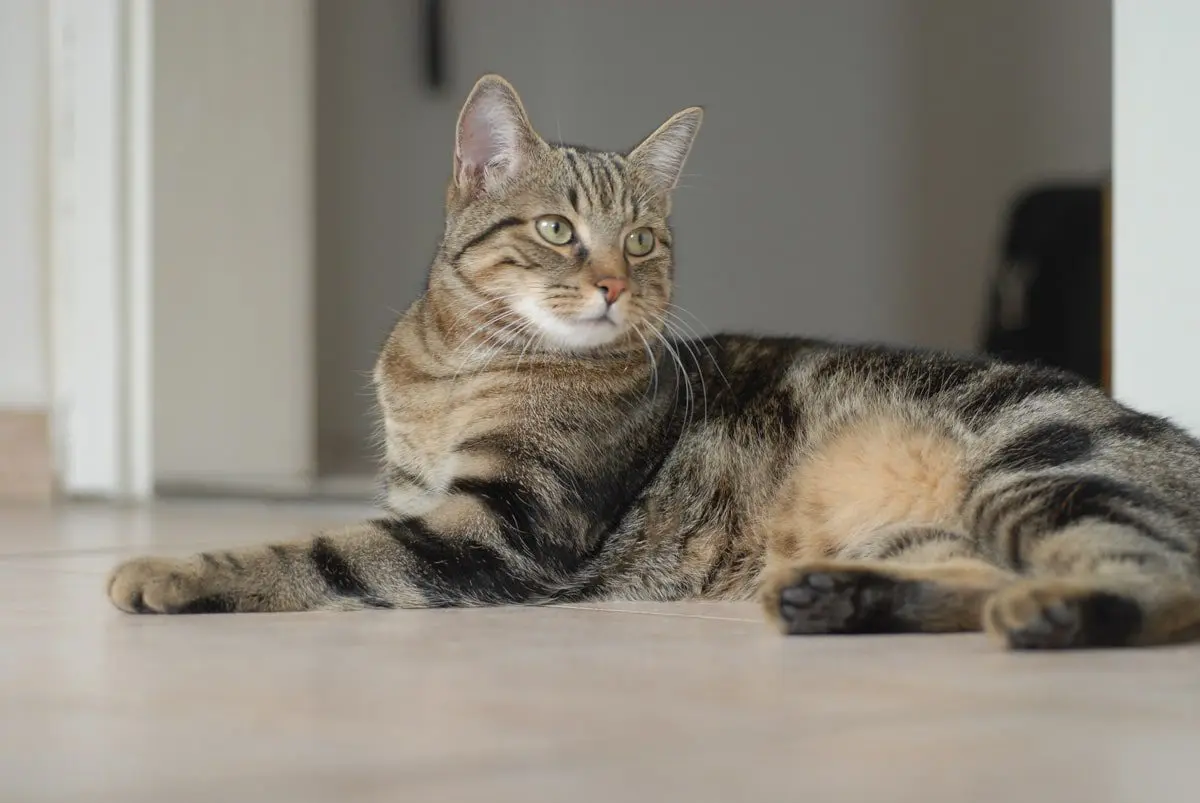
Content |
|---|
History
The Celtic shorthair cat corresponds to a european domestic cat medium, It has developed course, without any breeding plan.
The celtic short hair has its counterparts in Great Britain ( British Shorthair cat ) and EE.UU. ( American shorthair cat ).
A breed from Central Europe, solemnly developed for aesthetic purposes. The modern European shorthair has its origin in common domestic animals. By creating a new breed, breeders strove to realize its usefulness, while reducing their desire to wander the streets and, in general, made them more emotionally stable. To get it, the domestic cats they crossed paths with Persians and, especially in France, with Carthusians. Contemporary British Celts were blue, and the Germans bred mostly silver and white.
The breeding process began at the beginning of the 20th century, and the first standard is dated in 1925. Even despite that, FIFe has given its official acclaim as late as in 1982, And they were treating the Celts like shorthaired Brits from before. According to the WCF standard, the “celta” in the name of the breed indicates its historical origin.
Physical characteristics
According to the World Cat Federation standard (WCF)
| Body | Medium to large in size, strong and muscular, not too compact, but agile. The rib cage is round and well developed. Strong and solid legs of medium length, tapering evenly to firm, round legs. The tail is of medium length with a broad base and tapers slightly to a rounded tip.. | |||
| Head | Wide head gives a rounded impression, it is a little longer than it is wide. The nose is straight, medium in length and equally wide throughout its length. The profile is clearly curved, the neck is of medium length and muscular.. | |||
| Ears | The ears are medium in size with slightly rounded tips, that they can have tufts. The ears are wide and almost erect. The ears are as high as their width at the base. | |||
| Eyes | The eyes are round and open, well spaced and set at a slight angle. The color of the eyes must be uniform and correspond to the color of the coat. | |||
| Shelter | The fur is short, dense, firm and shiny. | |||
| Color varieties | The colors chocolate and cinnamon, as well as its dilution (lilac and fawn) they are not recognized in no combination (bicolor, tricolor, striped).The pointy pattern is also not recognized. All other colors and patterns are recognized Any amount of white is allowed Description of the colors is included in the general color list. | |||
| Observations |
| |||
Character and skills

Since the breed was developed from domestic cats, they have very different temperaments, the character of the European or Celtic shorthair cat it is impossible to summarize.
The members of this breed can be very affectionate, but there are others who prefer to be outside and chase mice. Most of the European they are strong and healthy, and they are generally friendly. They get along well with other cats and tolerate dogs well. They are intelligent and playful, and most of them are experts in keeping houses and gardens free of mice.
Health
They are known for their good health and resistance to infection.
Grooming
These cats are very easy to care for, since their coat looks good when brushed periodically. But, during the hot season, their coat may require additional attention.
Alternative names:
The cat in the picture by Heikki Siltala is my cat and she is a pure bred European Shorthair with a pedigree. There are no celtic shorthairs in Finland or in Scandinavia, where there are quite a few Europeans.There are very few European cats in other European countries.
The cats that may look like Europeans are house cats if they have no pedigree book, which you get from the cat’s breeder when you buy the cat. European Shorthair cats can only be registred in Fife.